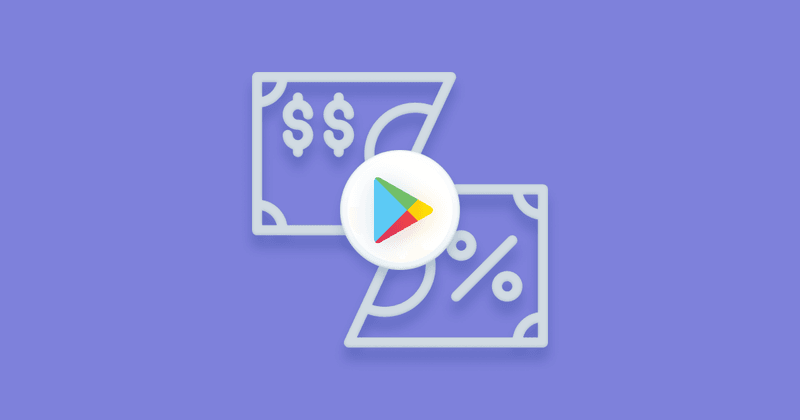Google to Cut Subscription App Commissions to 15%
Dates, details, and what else this change might mean

Yesterday, Google announced that they’ll be lowering commissions for subscription apps from 30% to 15%, effective on January 1st, 2022.
Although Google and Apple were already enticing developers with the same 85/15 revenue split, the lower commission didn’t kick in until the second year of a subscription. This cut doesn’t end up benefiting developers as much as you might think because of churn. Our CEO Jacob Eiting dove deep into the problem with the 85/15 split here and noted that Apple and Google were likely aware of the effects of churn when offering that seemingly generous gesture. Google acknowledged that in the announcement: “customer churn makes it challenging for subscription businesses to benefit from that reduced rate.”
So that’s why Google’s latest change is more helpful to developers because they’ll only be charged 15% from day one.
The decision to slash fees comes at a time when Google and Apple both face heavy pressure from lawmakers and developers alike to impose less confining rules.
“Until recently, the 30% store fees seemed like they were set in stone, but it’s been a domino effect since, and a lower store fee felt inevitable to industry insiders,” says Thomas Petit, an app growth consultant that specializes in subscription apps.
What he considers unusual, is that it’s Google that’s leading the charge this time to bring subscription fees down to 15%, with no questions asked or fine print to read. More importantly, Petit thinks that Apple will soon follow suit to bring subscription fees IAP down to match Google’s 15%. And it’s not a question of if they’ll do it, but more of when it’ll happen.
“At that reduced rate, a lot of developers who spend resources on workarounds will realize the value platforms are bringing with IAP. For users, it’s UX, trust, and centralization. For developers, it’ll be tax, refunds, and conversion rates. It’s a win-win-win,” he adds.
And it isn’t just subscription apps that benefit from this change, as Google is also announcing service fee cuts for other categories in the Media Experience program. Ebooks and on-demand music streaming services will also see fee structure shifts from 15% down to 10%.
As for apps on Google Play that aren’t using the subscription model, the first million dollars of revenue in a calendar year will be taxed at 15%, but any revenue they make over $1M will still incur a 30% commission
Worth noting is that gaming apps, which are the key driver of sales on both Google Play and the App Store (gaming apps account for 70% of App Store revenue alone), aren’t benefiting from this change. That’s because gaming apps mostly make their money from one-time and consumable in-app purchases, though more and more games are starting to experiment with subscription offerings.
You might also like
- Blog post
The complete guide to SKAdNetwork for subscription apps
Understanding Apple's privacy-first attribution
- Blog post
“A big market is great only if you can take a substantial share of it” — Patrick Falzon, The App Shop
On the podcast: estimating the revenue potential of an app, crafting an exit strategy, and why LTV is such a terrible metric.
- Blog post
Effective testing strategies for low-traffic apps
Is A/B testing off the table? Let’s rethink experimentation.

